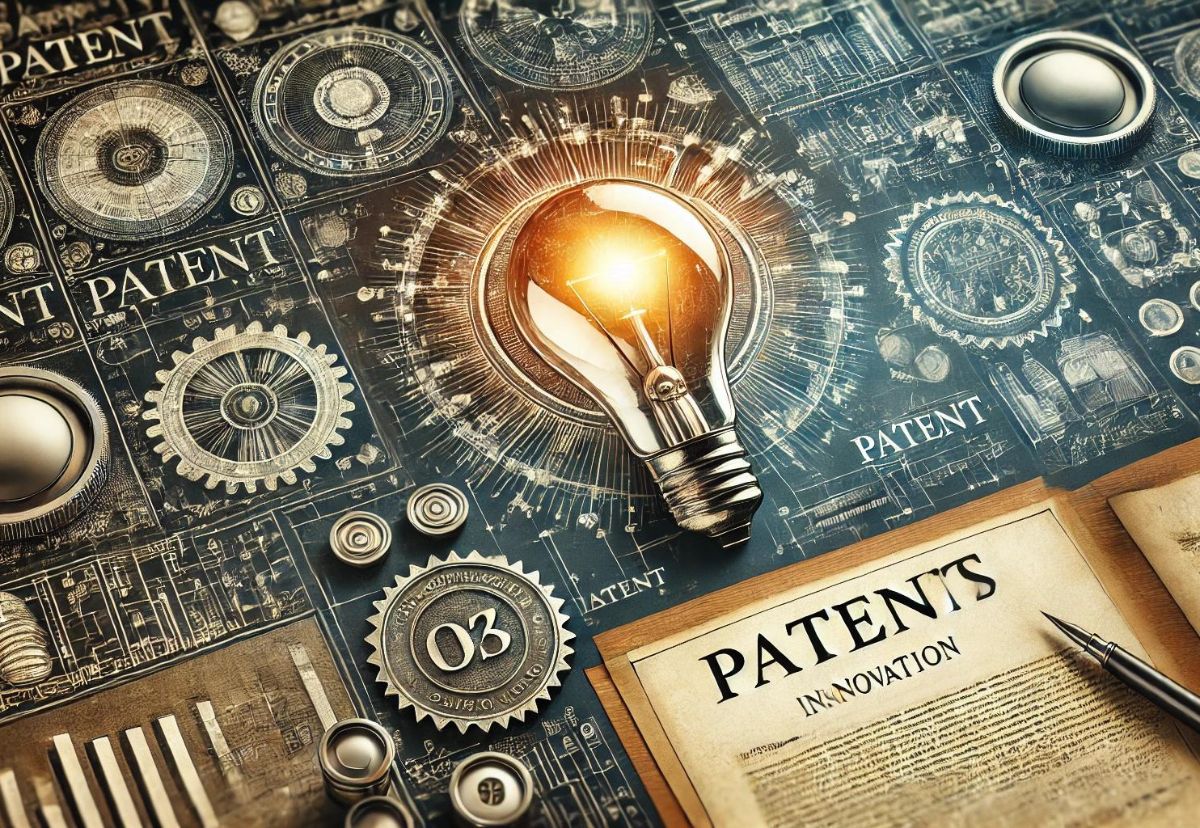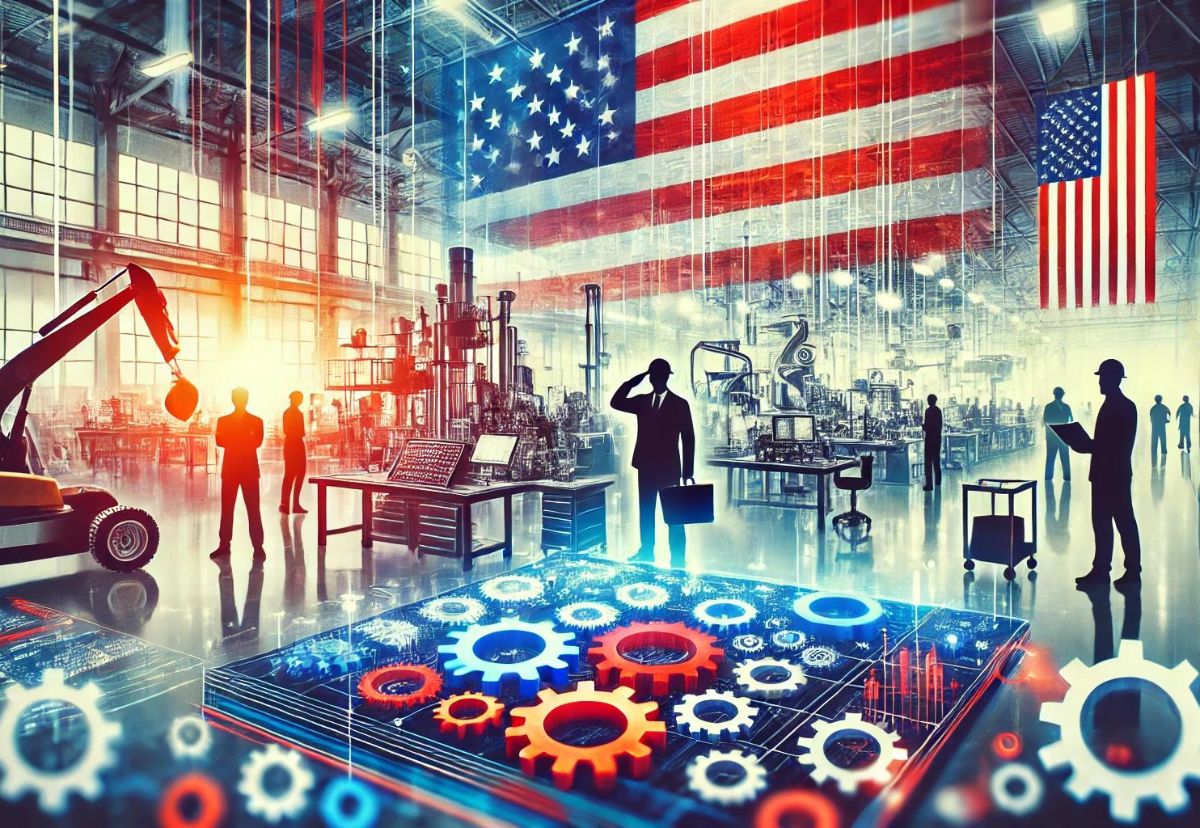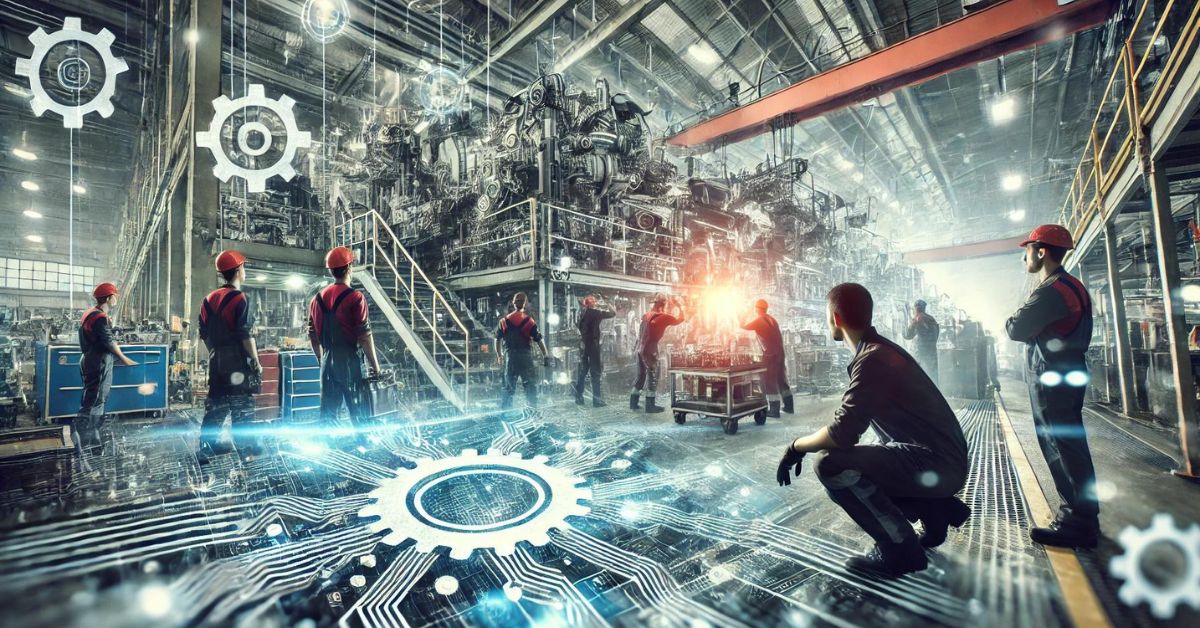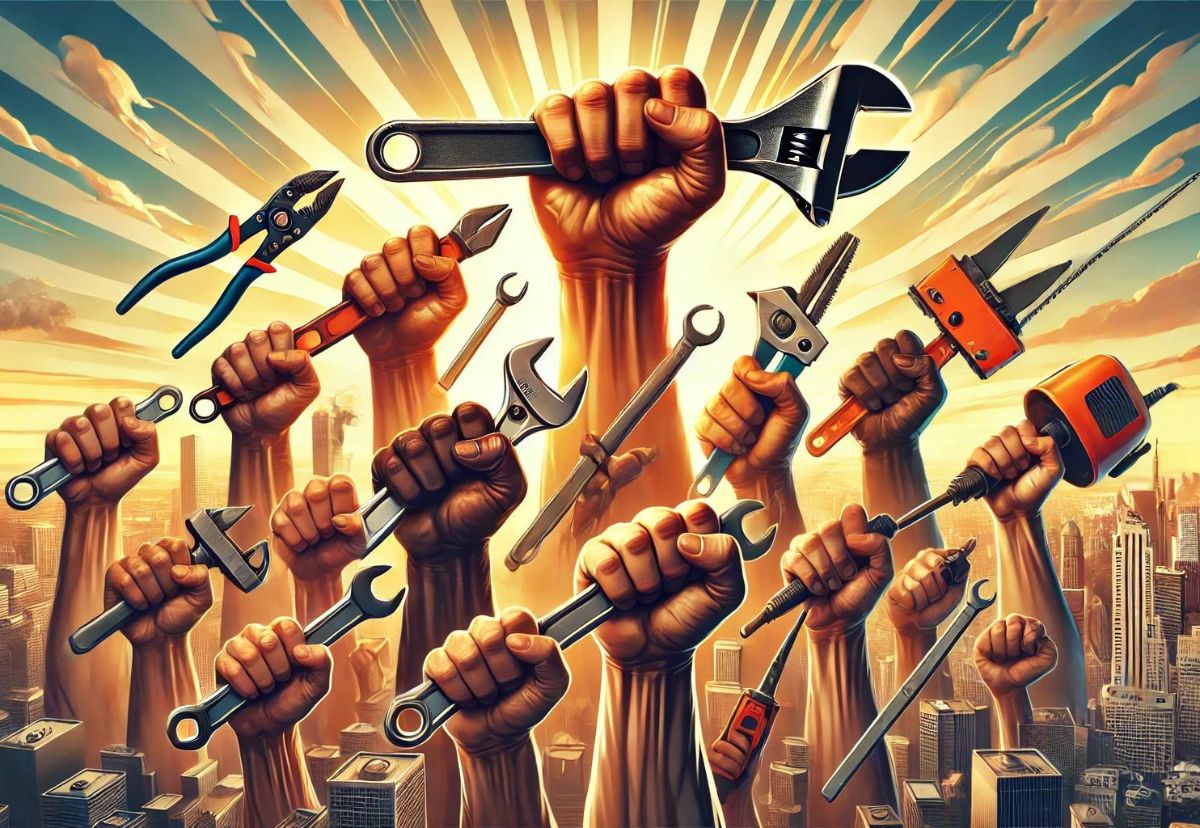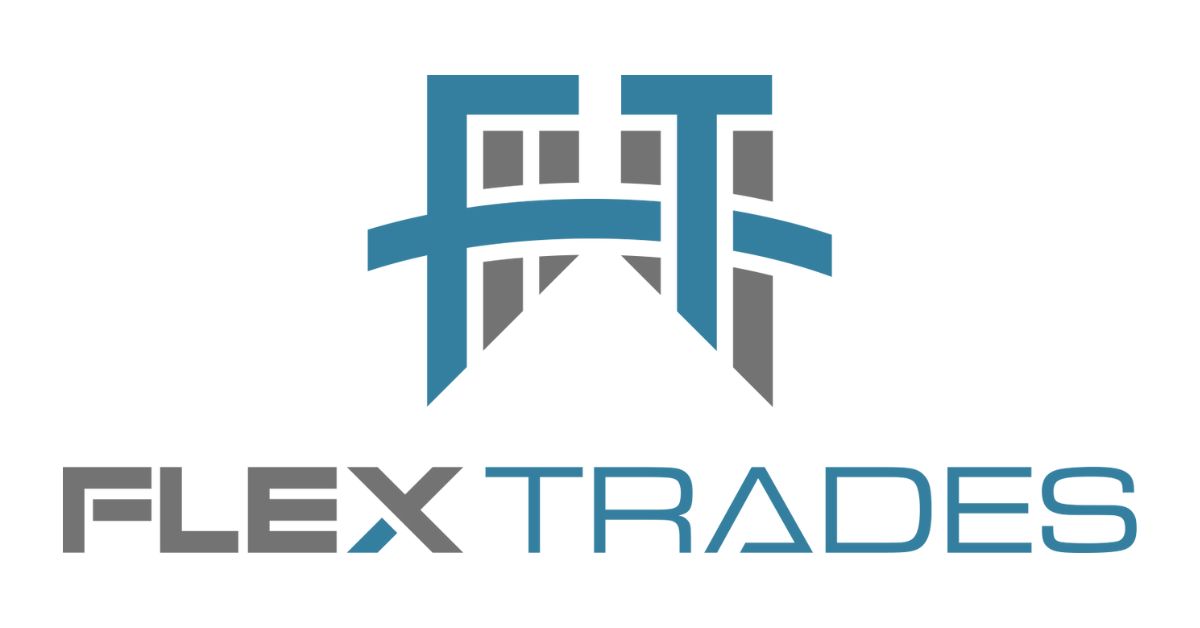Cold plunges, popularized several years ago by Dutch extreme athlete Wim Hof, also known as “The Iceman,” are a way of intentionally exposing your body to controlled stress. This practice helps build resilience, preparing your body to better handle external stressors and the challenges of daily life. Cold plunges continue to attract those looking for natural methods to enhance both body and mind. While the idea of immersing yourself in icy water may sound daunting, the benefits are profound and offer a refreshing way to enhance your physical and mental well-being. From athletes to assemblers on a manufacturing shop floor, this practice can help speed up muscle recovery, boost your mood and energy naturally, and so much more. Here are just a few of the benefits you can experience after immersing yourself in frigid waters.
1.) Accelerated Muscle Recovery
One of the most well-known benefits of cold plunges is their ability to accelerate muscle recovery. After being on your feet all day, cold-water immersion can help reduce muscle soreness and inflammation. The cold constricts blood vessels, reducing swelling, and when you warm up afterward, your blood vessels dilate, promoting circulation and flushing out toxins from your muscles. This process benefits not only athletes but anyone who engages in strenuous muscle work, helping to alleviate delayed onset muscle soreness (DOMS) often felt after intense physical activity.
2.) Enhanced Circulation
Cold plunges can significantly enhance your circulation. When you immerse yourself in cold water, your body works harder to maintain its core temperature. This increased effort causes your heart to pump more efficiently, improving overall blood flow. Enhanced circulation delivers more oxygen and nutrients to your organs and muscles, leading to better overall health and increased energy levels.
3.) Improved Mental Clarity and Mood
The mental benefits of cold plunges are just as compelling as the physical ones. The shock of cold water can trigger a release of endorphins, the body’s natural “feel-good” hormones. This rush can elevate your mood, reduce stress, and provide a sense of mental clarity. Many people report feeling more focused and alert after a cold plunge, making it a great way to start your day or refresh your mind during a midday slump.
4.) Increased Resilience to Stress
Cold plunges can also help build mental resilience. Regular exposure to cold water teaches your body and mind to adapt to stress. The initial shock of the cold water is something that you learn to manage and even embrace over time. This adaptation can translate to other areas of life, helping you become more resilient to everyday stressors.
5.) Boosted Immune Function
Regular exposure to cold water can positively impact your immune system. Cold plunges stimulate the production of white blood cells and increase your body’s resistance to illness. Over time, this can lead to a stronger immune system, helping you fend off common colds and other infections. Some studies even suggest that cold exposure can improve your body’s response to stress, further bolstering your immune function.
6.) A Natural Energy Boost
If you’re looking for a natural way to boost your energy, a cold plunge might be the answer. The sudden jolt of cold water can wake up your entire system, providing a rush of adrenaline that can leave you feeling invigorated. This boost in energy can be a great alternative to caffeine, offering a natural way to start your day or recharge during a sluggish afternoon.
How to Incorporate Cold Plunges into Your Routine
Starting with cold plunges doesn’t require a lot of equipment or time. You can begin by simply turning your shower to cold for the last 30 seconds and gradually increase the duration as your body adapts. If you have access to a cold plunge pool, an icy lake, or can create an ice bath at home, aim to immerse yourself for 1-3 minutes at a time.
Conclusion
Cold plunges offer a wide range of benefits, from enhanced physical recovery to improved mental clarity and stress resilience. While it may take some time to get used to the chilly temperatures, the rewards are well worth the effort. Whether you’re looking to improve your body’s performance, boost your immune system, or simply feel more energized and focused, cold plunges are a powerful tool to add to your wellness routine. So, take the plunge—you might just find it to be the refresh you’ve been looking for.


